Insa-dong (인사동)
12.7Km 2024-05-17
62, Insadong-gil, Jongno-gu, Seoul
+82-2-734-0222
Insa-dong, located in the heart of the city, is an important place where old but precious traditional goods are on display. There is one main road in Insa-dong with alleys on each side. Within these alleys are galleries, traditional restaurants, teahouses, and cafes.
The galleries are the heartbeat of Insa-dong. There are about 100 galleries in the area offering every example of traditional Korean fine art from paintings to sculptures. The most famous galleries are Hakgojae Gallery, which functions as the center of folk art, Gana Art Gallery, which promotes many promising artists, and Gana Art Center.
The teahouses and restaurants are the perfect complement to the galleries. They are hidden deep within the twisting alleyways, making it feel like a treasure hunt. The shops in Insa-dong are very popular among all age groups, because each one is unique.
Every Saturday from 14:00 to 22:00 and Sunday from 10:00 to 22:00, the main street is blocked to vehicular traffic and it becomes a cultural space. Stores set up booths outside and Korean candy merchants and fortune teller stalls can easily be found; there are traditional performances and exhibits as well. Insa-dong is especially popular among international tourists. This is where they can experience and see traditional Korean culture first-hand, and also purchase pieces of fine art.
Jogyesa Temple (조계사(서울))
12.7Km 2024-10-25
55 Ujeongguk-ro, Jongno-gu, Seoul
As the main temple as well as the district head temple of the Jogye order in Seoul, Jogyesa Temple is the center of Korean Buddhism. The temple was built in the late 14th century during the Goryeo period but was completely destroyed in a fire. It was rebuilt under the name of Gakwangsa Temple in 1910 with the effort of many respectful monks, namely Han Yong-un and Lee Hee-gwang. The temple was given a role as the head temple of Korea’s Buddhism and renamed to Tegosa Temple in 1936. In 1954, a purification drive took place to eliminate Japanese influence and revive traditional Buddhism, which established the present day Jogyesa Temple as a result.
Jogyesa Temple plays an important role in Korean Buddhism as the head temple of the Jogye order. Jogyesa Temple’s Dharma Hall serves as the main venue for several Buddhist events, holding rituals, lectures, ceremonies, and other events all year long. The annual lantern festival in celebration of Buddha's birthday also takes place at this temple.
Olive Young - Daeheung Station Branch [Tax Refund Shop] (올리브영 대흥역)
12.8Km 2024-04-16
91, Baekbeom-ro, Mapo-gu, Seoul
-
Mapo Art Center (마포아트센터)
12.8Km 2021-03-19
28, Daeheung-ro 20-gil, Mapo-gu, Seoul
+82-2-3274-8500
Mapo Art Center is an innovative cultural art space near college campuses including Hongik, Sinchon and Seogang area. Art Hall Mac, operated by Mapo Art Center is a fascinating performance hall used for a wide range of cultural events. The art hall boasts a stunning exterior as well as finely-appointed facilities that allow the audience to enjoy a diverse genre of performances. The art hall consists of two sections of Play Mac (for smaller performances like puppet shows, solo concerts and children’s performances) and Gallery Mac (where visitors engage in interactive programs). The center also has diverse leisure facilities such as a swimming pool, gym, fitness center, golf club as well as a training center.
Other amenities available include a powder room, multi-purpose hall, training room, playpen, and Sky Park.
Jogeum (조금)
12.8Km 2021-03-29
62-4, Insadong-gil, Jongno-gu, Seoul
+82-2-725-8400
It is a Japanese-style hot pot rice store. The best menu at this restaurant is Hot Stone Pot Rice. This Korean dishes restaurant is located in Jongno-gu, Seoul.
High - Anguk Branch [Tax Refund Shop] (하이엔드코리아 안국)
12.8Km 2024-04-17
1F, 62-5, Insadong-gil, Jongno-gu, Seoul
-
Uniqlo - Gwanghwamun D Tower Branch [Tax Refund Shop] (유니클로 광화문D타워)
12.8Km 2024-04-17
17, Jong-ro 3-gil, Jongno-gu, Seoul
-
Ilmin Art Museum (일민미술관)
12.8Km 2022-09-27
152, Sejong-daero, Jongno-gu, Seoul
The Ilmin Art Museum located in former Dong-A Newspaper Building, was formed in honor of their honorable and late CEO Kim Sang-man. The museum was established in December of 1996, and with a full renovation in 2001, large exhibition hall and Ilmin collection was placed in. Through the renovation, the combination of glass and steel made Artrium aimed to become one of the best comtemporary museum, connecting the museum to the streets of Gwanghwamun.
This museum boasts a large Ilmin collection. There are 430 pieces of Ilmin collection from Goryeo dynasty (918-1392) to present, 1,200 pieces in the Donga Newspaper's collection of art, and 100 pieces of art owned by Hyundai Corporation. The Ilmin Collection mostly consists of pieces that Kim Sang-man collected from ceramics to aesthetic paintings. The Dongah Newspaper's collection has time-relevant pieces that are important in history.
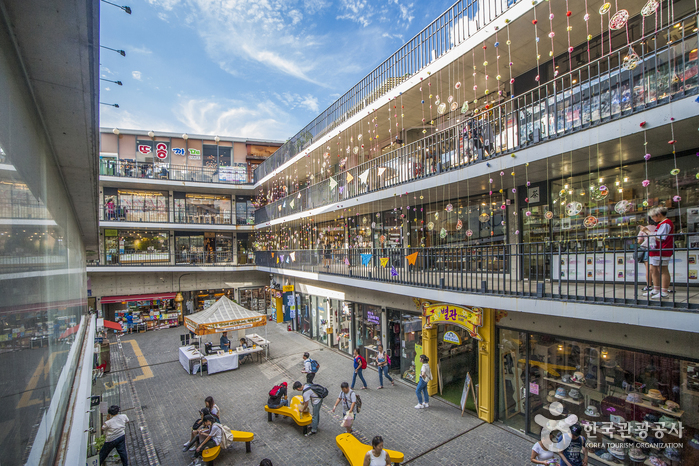

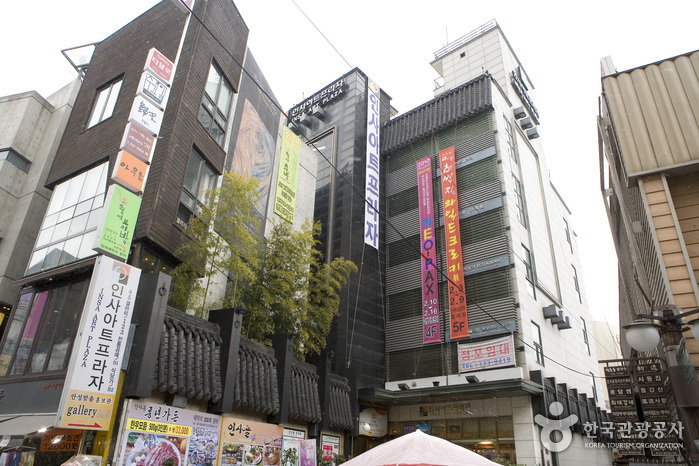
![Olive Young - Daeheung Station Branch [Tax Refund Shop] (올리브영 대흥역)](http://tong.visitkorea.or.kr/cms/resource/34/2888034_image2_1.jpg)
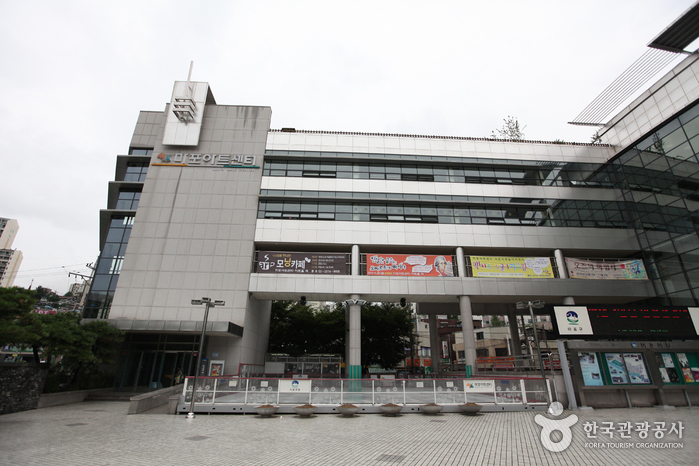
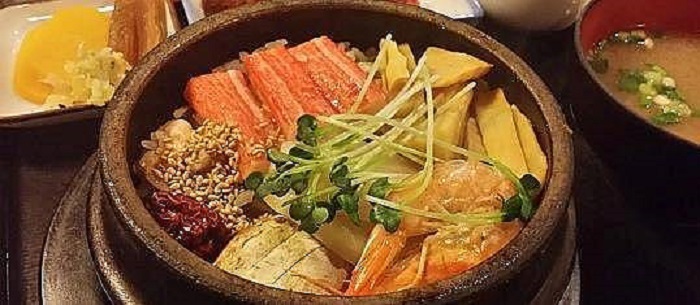
![Uniqlo - Gwanghwamun D Tower Branch [Tax Refund Shop] (유니클로 광화문D타워)](http://tong.visitkorea.or.kr/cms/resource/15/2878215_image2_1.jpg)
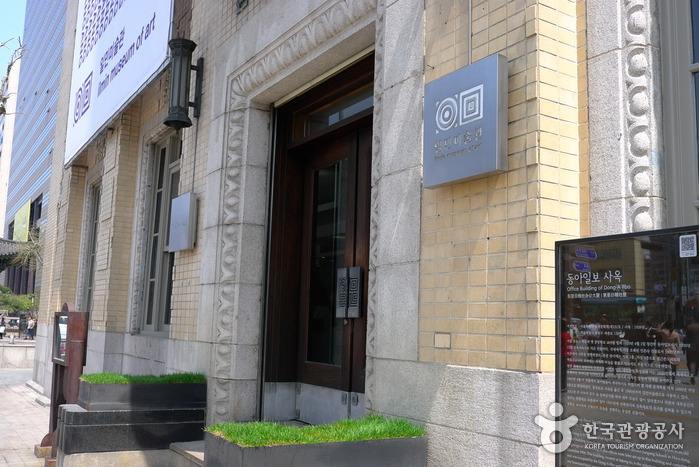
 English
English
 한국어
한국어 日本語
日本語 中文(简体)
中文(简体) Deutsch
Deutsch Français
Français Español
Español Русский
Русский